Mountain Gorilla Tracking in Volcanoes National Park, Rwanda
Mountain Gorilla tracking in the Volcanoes National Park is the flagship tourist experience in Rwanda. The opportunity to be in close proximity for a magical hour to a family of our near cousins – the Mountain Gorillas in their natural habitat can be a scary but exhilarating adventure. It is possible to experience this adventure only in two places (3 countries) in the world – the Virungas massif and the Bwindi Impenetrable forest. This geographical exclusiveness makes the experience even more unique and a bucket-list item for all wildlife enthusiasts. Life-changing – according to some who have experienced it!
Refer a similar blog posted by us on Gorilla tracking in the Bwindi Impenetrable forest of Uganda.
This blog addresses the same questions and details our experience in the context of Gorilla tracking in Volcanoes National Park, Rwanda.
Where can you do Mountain Gorilla tracking?
The largest living primate, Gorillas are live across much of the sub-Saharan equatorial African rainforest. Broadly speaking, in East Africa, there are two sub-species of Gorilla: Eastern lowland gorillas (Gorilla beringei graueri) and Mountain gorillas (Gorilla beringei beringei). The other two Gorillas sub-species found in Central / Western Africa are the Western Lowland Gorilla and the Cross River Gorilla.
Broadly, Mountain Gorillas inhabit two distinct areas in East Africa. The first is the Virungas massif – the volcanic range which spans Rwanda, Uganda and the Democratic Republic of the Congo. The second is the separate Bwindi Impenetrable Forest in Uganda. The great Virunga Volcano conservation region covers Virunga national park (Congo), Volcanoes National Park (Rwanda) and Mgahinga National park (Uganda).
At the latest count, there are approximately 1,100 mountain gorillas in the wild. The Virunga massif has 500 + Mountain Gorillas and the balance are in Bwindi. The population is slowly increasing, thanks to concerted efforts between governments, communities and NGOs.
In Rwanda, Volcanoes National Park (Part of the Virungas massif) is the place to experience Mountain Gorilla tracking. The nearby town, Musanze, is a mere 2 hours’ drive from Kigali, the capital city.
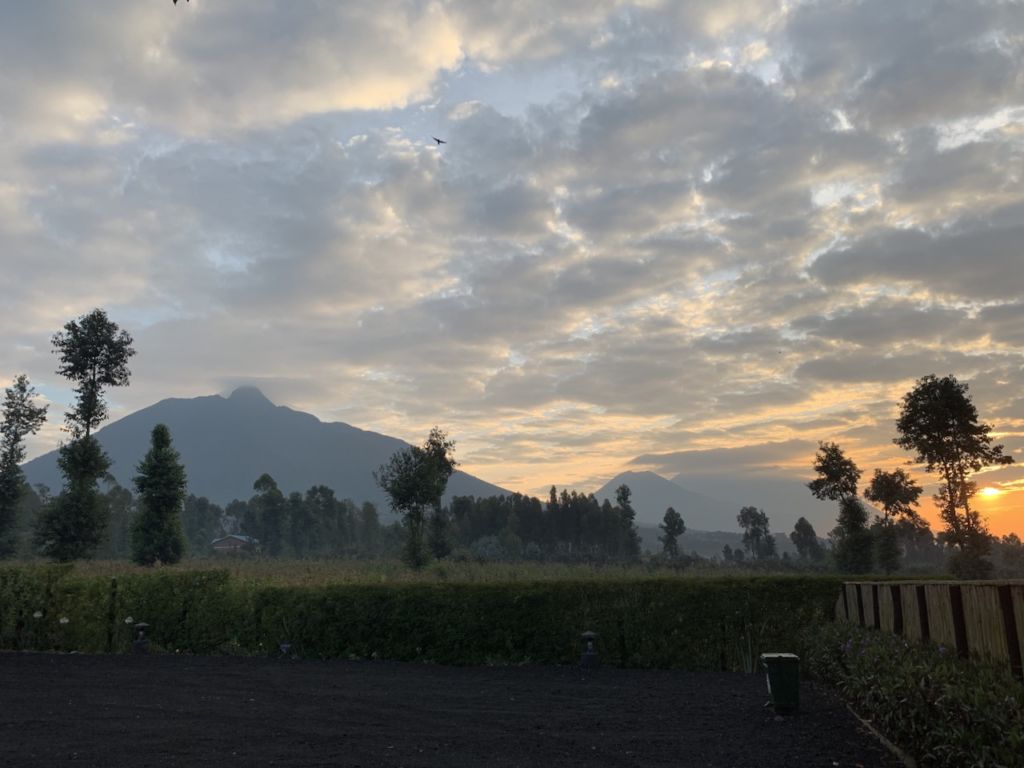
Isn’t the Mountain Gorilla tracking a dangerous activity?
Our first reaction when we hear of the Mountain Gorilla tracking is that of ‘fear’. Isn’t it dangerous to be that close (less than 10 metres) to a wild and ferocious primate? We are generally afraid of being that close to a common Macaque! Various Holly wood movies (King Kong, Tarzan, Congo etc.) have imprinted the image of ‘fierce and destructive’ primates in our minds. However, the Mountain Gorillas are anything but fearsome in normal circumstances. Of course, like all wild animals, we have to respect the Mountain Gorilla and certain rules have to be followed in the Gorilla tracking. But a Gorilla tracking of a ‘habituated’ family can be as safe as a normal safari in East Africa.
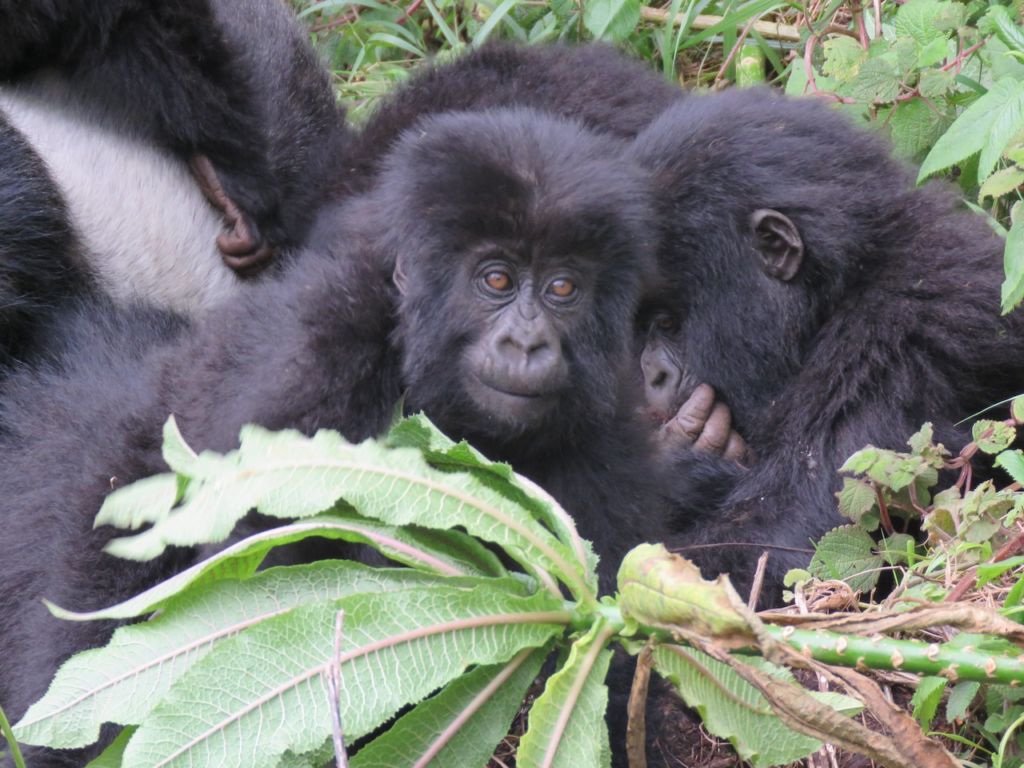
About Volcanoes National Park
“In the heart of Central Africa, so high up that you shiver more than you sweat,” wrote the eminent primatologist Dian Fossey, “are great, old volcanoes towering almost 15,000 feet, and nearly covered with rich, green rainforest – the Virungas.”
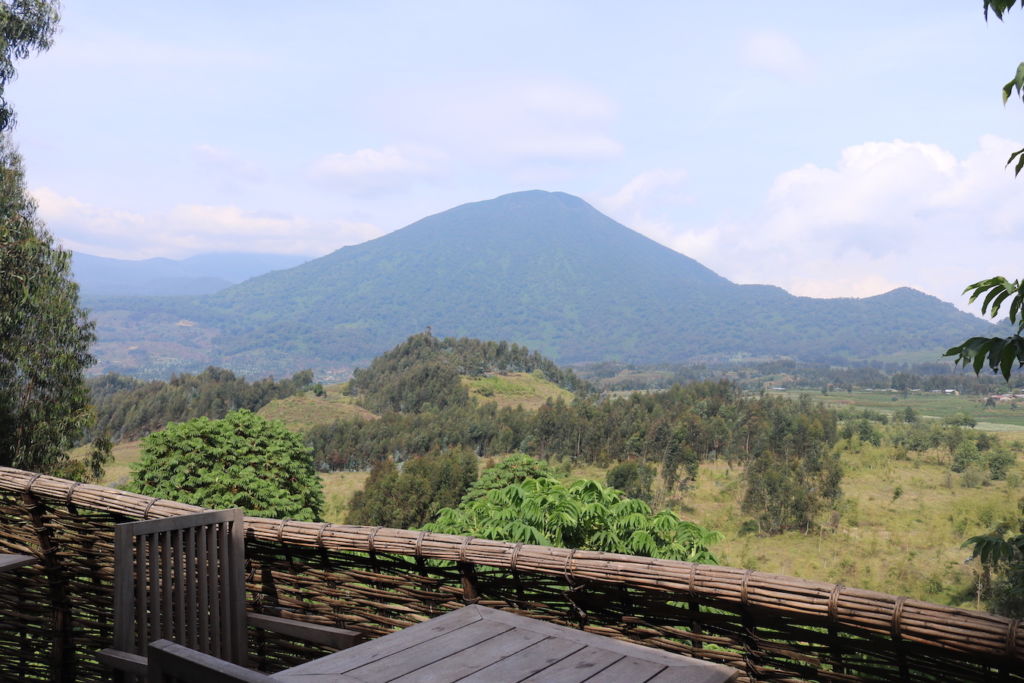
Volcanoes National Park, situated in the northwest region of Rwanda, borders Virunga National Park in the Democratic Republic of Congo and Mgahinga Gorilla National Park in Uganda. Volcanoes National Park is named after the chain of dormant volcanoes making up the Virunga Massif: Karisimbi – the highest at 4,507m, Bisoke with its verdant crater lake, Sabinyo, Gahinga and Muhabura.
The large altitudinal range in the park causes a consideration variation in the vegetation in the park. Ranging from the lower montane forest (most of which is wiped out for agriculture), evergreen and bamboo forest, Heather forest to the Alpine zone, it includes grasslands, bogs and woodlands.
Wildlife of Volcanoes National Park
While the vegetation in the protected area is abundant, the same cannot be said of the fauna. The years of strife and human development have taken their toll on this fragile ecosystem. Other than the Mountain Gorillas, which were driven to near extinction, and the Golden Monkeys, there are not too many other mammals in the Park. There are Forest Bushbucks, Forest elephants, buffaloes, spotted Hyena and black fronted duikers – but they are rarely seen. Other animals like the leopard are extinct in this forest now.
On the bright side, the park has recorded 178 bird species including at least 29 endemics to Rwenzori mountains and the Virungas.
Dian Fossey’s Research base
Dian Fossey had set up her base – the ‘Karisoke Research centre’ here in the Volcanoes. She shifted from the Virungas in DRC to Rwanda due to the violent strife in Congo. Dian Fossey was an eminent primatologist, part of the ‘Trimates’ (3 women who were leading researchers in Primates) group of primatologists – also known as ‘Leakey’s Angels’. She is credited with saving the gorillas from extinction by bringing their plight to the attention of the international community.
More information on Volcanoes national park – on the Rwanda tourism website
Gorilla tracking in Volcanoes National Park
Volcanoes National Park has twelve fully ‘habituated’ Mountain gorilla families.The habituation process ensures that the Gorilla family tolerates humans in close proximity. A few other habituated families are reserved solely for scientific research purposes. The groups, or troops, consist of at least one silverback along with several females and youngsters. The troops are somewhat fluid in composition but tend to stick to a preferred area. The Park authorities continuously monitor and protect the Gorilla Families (the rangers leave the forest only for the night). Each group of visitors (maximum of 8) come into contact with tourists for a strict maximum of one hour per day.
Per day, the Park issues Twelve (12) tracking permits per troop (Total 96 permits daily). This ensures that the encounter is as intimate and as unobtrusive as possible. Limited availability also means that booking permits in advance is critical.
Gorilla family allocation process – difference from Bwindi
In Bwindi, Uganda there are 4 (four) sectors around the park from where the Gorilla tracking starts. Gorilla tracking starts from the Visitors Centre in the respective sector. Hence, applications for permits have to be done for a particular sector. Interchanging between sectors later is not possible. And given the terrain, the sectors are quite far from each other.
In contrast, Volcanoes National Park has only one Visitors Centre – where everyone has to congregate every morning. Here, the park authorities allocate a particular Gorilla family to each group (of 8 visitors) here. Sometimes, the allocation depends on the fitness assessment by the Ranger Guide. The groups then separate and travel to the nearest entry point of the park from where the Gorilla tracking on foot actually starts!
Thus, in Volcanoes National Park, if you are ‘unfit’ for a long prolonged trek, you can make a request to the Park authorities. In such cases, there is a chance that you may be allocated a Mountain Gorilla family which is closer from the starting point.
Check out our experience on Mountain Gorilla tracking in the Volcanoes National Park in this video.
How difficult is Mountain Gorilla tracking?
We have to remember the ‘mountain’ in the Mountain Gorilla tracking. Mountain Gorillas live on the slopes of mountain ranges. Hence, reaching Gorilla families in the wild is an ‘uphill’ and exhausting activity. Each tracking activity entails going through the ups and downs of hills and cutting across dense vegetation to reach the location of the Gorilla family.
Gorilla families move to a different location each day. The ‘Watchers’ team of the Park continuously tracks the movement of the Mountain Gorilla families. Hence, at any point of time, the Park authorities are aware of the broad location of the particular Gorilla family. However, this location can be either close to the starting point or much further away. The amount of time taken for the Gorilla tracking activity would all depend on your luck for the day – it can take a couple of hours or maybe 6 hours!
Having said this, Gorilla tracking is not a ‘mountaineering’ activity. At the most, it is an easy to medium ‘trekking’ activity. Reasonable fitness, adequate preparation and a passion to see these gentle giants is all that is essential to complete this ultimate wildlife adventure. Do write to the author of this blog for a more detailed Mountain Gorilla advisory to help you plan for your Gorilla tracking.
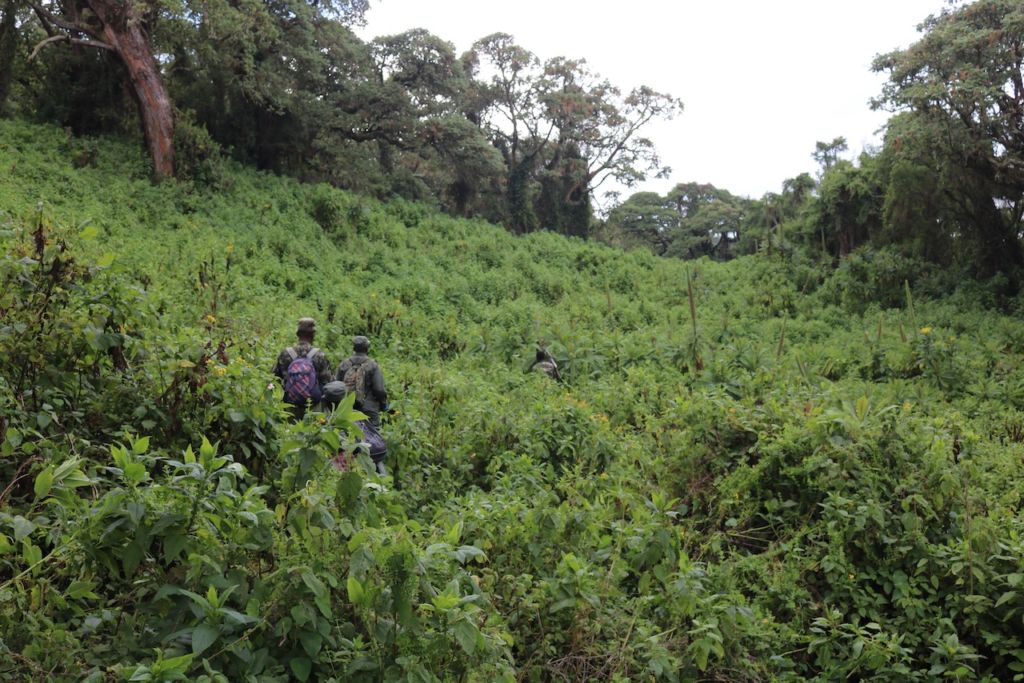
What is the best time for Gorilla tracking?
Volcanoes National Park is a primary tropical rain forest. By definition, it can rain anytime throughout the year. By this factor, there is no ‘best’ time for the Gorilla tracking activity. However, rains are heavier in certain months of the ‘rainy’ season. Given that muddy tracks make the activity far more difficult, it might be optimal to avoid the months of March – May (long rains) and September – November (short rains). In these months, rains are heavier than average. But having said this, availability of permits is easier in the non-season period. It may be worthwhile to go during this period to avoid ‘crowds’ without the trek getting too difficult.
Mountain Gorilla tracking in Rwanda vs Uganda
As I had mentioned earlier in this blog, Gorilla tracking is possible in Congo, Uganda and Rwanda. Then how do you decide where to go for the Mountain Gorilla tracking? As of now, it boils down to a primary question of cost! And there are a couple of secondary variables as the additional considerations:
Cost of Mountain Gorilla tracking
Rwanda costs the maximum at a stupendous $ 1,500 per person! Rwanda took this drastic action in July 2018 when it doubled the tracking fees in one go. Given the limited permits possible, Rwanda may have wanted to distinguish itself from its neighbours and position the Gorilla tracking in Rwanda as a ‘luxury’ proposition. No wonder, we find a lot of ultra-luxury properties in Musanze – from where the tracking starts.
In contrast, the Gorilla tracking costs $ 750 per person in Bwindi Impenetrable forest / Mgahinga National Park in Uganda. It costs a mere $ 450 (in comparison) in Congo – but then safety and accessibility in Congo are definitely major constraints.
Other factors
-
Level of difficulty – physical demands of the Gorilla tracking
This one is a bit controversial as the answer is not straightforward. It is a fact that it is not possible, anywhere, to predict the amount of time taken for any Gorilla tracking, in advance. The reason is simple – Gorilla families are constantly moving in search of food and they make nests (to rest at night) at a different place each night. So, prior to the allocation of the Gorilla family to your group – there is no way to determine how much time this activity would take. However, it is possible to predict the tracking time, once a Gorilla family is allocated to the group. This is because the broad locational range of the family is known from the previous night.
Therefore, while deciding which forest range is easier for Gorilla tracking – Virunga or Bwindi? The answer would be ‘depends’. It all depends on which family your group is allocated and where the family was located the previous night.
Differences in Topography
Having said this, in general, there is a difference in the topography of the two forest eco-systems. I may dare to venture and say that on this parameter, in general and on an average, the Virungas ecosystem might be easier to do Gorilla tracking as compared to Bwindi Impenetrable forest. Bwindi is a series of hills and mountains. Access to a particular location may involve a series of ups and downs. In Volcanoes (or Virungas in general), there are single large mountains. The Gorillas are normally inhabit the lower to middle slopes of these mountains. Though there may be ups and downs or there might be a straight up, the severity of the exercise would not be as tough as Bwindi.
But remember: Volcanoes may not always be easier to trek. A 6 hour trek on the slopes towards a particularly distant habituated Gorilla family will definitely be more difficult than a 2 hour trek in Bwindi! (if the family is located quite close to the starting point!)
2. Your Trip itinerary – Convenience & days available
Here, I am assuming that Gorilla tracking is the only agenda for your trip to Rwanda / Uganda. Or you are just adding the Gorilla tracking experience to your Safari trip in East Africa (Kenya or Tanzania). We normally do not recommend this option. But we recognise that different groups have different priorities on time and money.
The starting point for Gorilla tracking in Volcanoes National Park is in the nearby town of Musanze. This is merely 2-3 hours away from Kigali. So you can directly deboard your international flight and go straight to Musanze for your overnight stay. Complete your Gorilla tracking the next day and then proceed to board your flight late evening. So, it is possible that you complete your Gorilla tracking in a mere 2 days.
However, if you do the Gorilla tracking in Bwindi, it would take a minimum of 3 days and it would involve quite a bit of road travel. In this plan, you will need to fly-in to Kigali (Rwanda) and then travel by road across the border to Bwindi in Uganda and return back the same way!
So, if you are short of time and do not mind paying the $ 500 odd / person extra for the convenience of accessibility, Volcanoes National park in Rwanda is the place for you to do Mountain Gorilla tracking!
Conclusion: Volcanoes National Park vs Bwindi Impenetrable forest
If cost of the trip is not a concern, and a luxurious indulgent option is preferred, Volcanoes it is. Alternatively, if you are very short on time and do not mind paying a bit more for the convenience, Volcanoes again is the option for you!
However, if cost is a major concern, Bwindi is the better option!
For more on our experiences in this amazing country of Rwanda: Read our blog on the “Things that will surprise you about Rwanda”

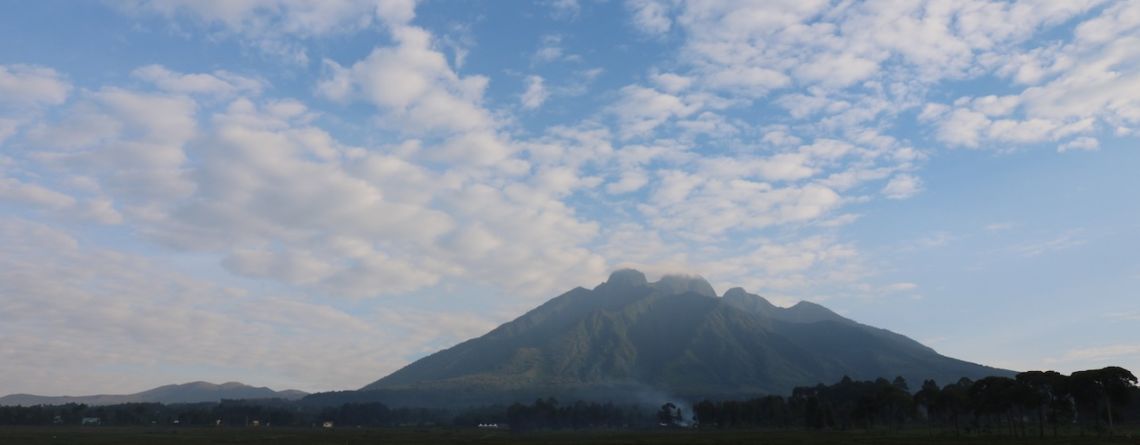
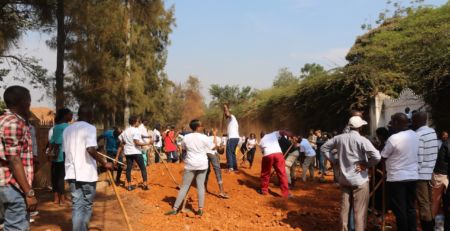
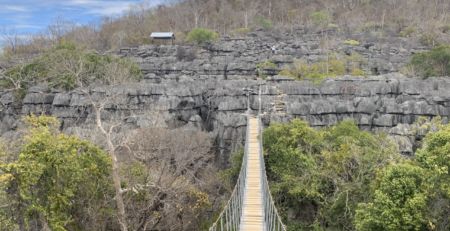
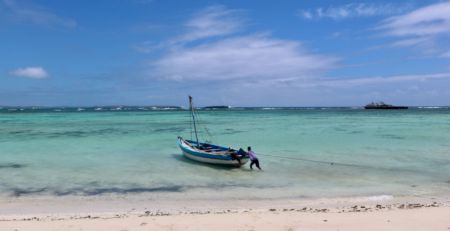
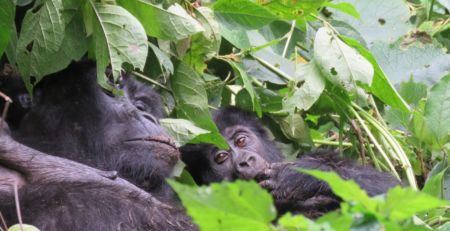
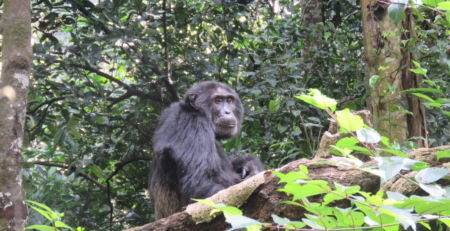


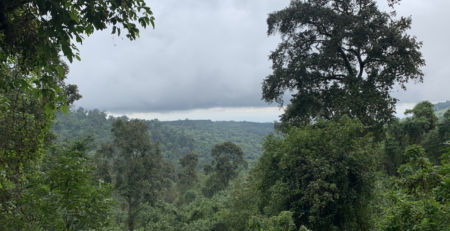
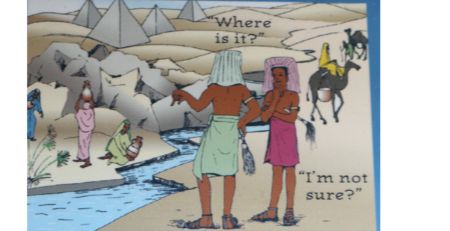
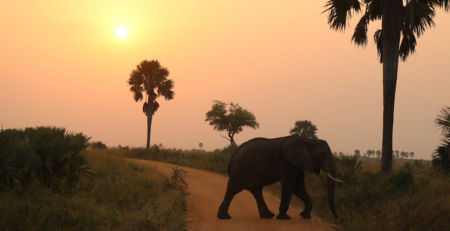
Leave a Reply